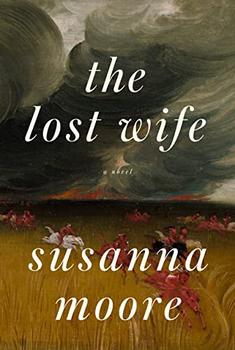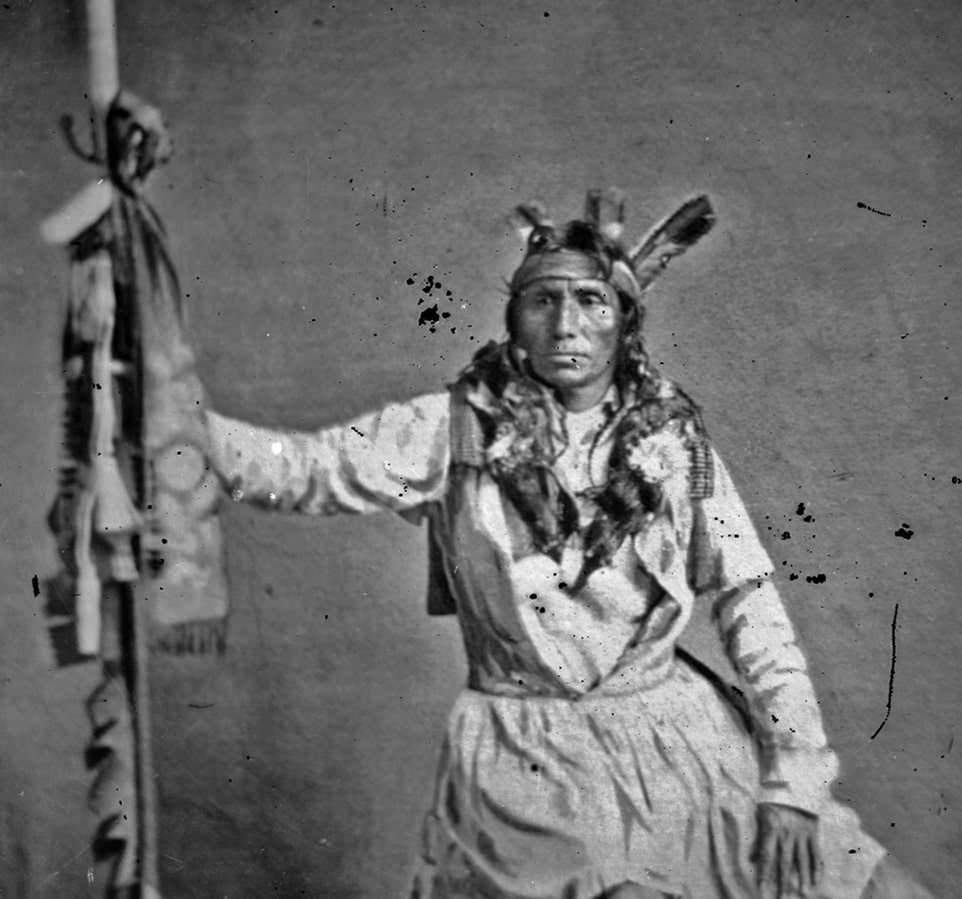Summary | Excerpt | Reviews | Beyond the Book | Read-Alikes | Genres & Themes | Author Bio

 Book Reviewed by:
Book Reviewed by:
Rebecca Foster
Buy This Book
This article relates to The Lost Wife
 Much of Susanna Moore's The Lost Wife is set during the five-week conflict in Minnesota that came to be known as the U.S.-Dakota War. According to the University of Minnesota's Center for Holocaust and Genocide Studies, "The conflict can be viewed as one of the genocidal efforts to forcibly remove the Dakota from Minnesota."
Much of Susanna Moore's The Lost Wife is set during the five-week conflict in Minnesota that came to be known as the U.S.-Dakota War. According to the University of Minnesota's Center for Holocaust and Genocide Studies, "The conflict can be viewed as one of the genocidal efforts to forcibly remove the Dakota from Minnesota."
Starting in 1805, the Dakota signed a series of treaties with the U.S. government, ceding land in exchange for food and money. Minnesota was admitted to the Union in 1858, making it the 32nd state. U.S. government policy had incentivized migration to the West, culminating with the Homestead Act, which was signed into law in May 1862 and offered 160 acres to settlers who paid a small filing fee and were committed to working the land for at least five years and becoming U.S. citizens if they were not already.
By this time, the country was one year into the Civil War, and supply shortages meant that the government was late in delivering the promised food. White traders refused to give the Dakota any food on credit; one, Andrew Myrick, is quoted as saying, "So far as I am concerned, if they are hungry let them eat grass or their own dung." The threat of starvation exacerbated latent conflicts, sparking Dakota raids on settlers and administrative centers, some of them led by Little Crow, a chief of the Mdewakanton band of the Dakota. The casualties prompted a U.S. military response, initially manned by volunteers. Minnesota governor Alexander Ramsey then sent troops in from Fort Snelling.
The war ended after the Battle of Wood Lake on September 23, when the Dakota were forced to surrender. Nearly 400 Dakota men were given cursory (sometimes five-minute) trials in November, and over 300 of them were sentenced to death. The remaining captives, mostly women and children, were held in concentration camps. President Abraham Lincoln commuted the sentences of the majority of the men, but 38 who had participated in civilian massacres were hung on December 26. This stands as the largest mass execution event in American history.
Of the 1,600 Dakota women, children and elderly people who were held in the internment camp at Fort Snelling, nearly 300 died during the winter of 1862-1863 due to disease or exposure. In February and March of 1863, the government nullified all treaties it had previously made with the Dakota, seized their forfeited land and wealth, and sent the remnants of the tribe to Nebraska. A bounty was set on the Dakota to ensure none remained in Minnesota. Little Crow was among those murdered to earn the reward.
Chief Little Crow, 1858, courtesy of the National Anthropological Archives
Filed under People, Eras & Events
![]() This article relates to The Lost Wife.
It first ran in the May 17, 2023
issue of BookBrowse Recommends.
This article relates to The Lost Wife.
It first ran in the May 17, 2023
issue of BookBrowse Recommends.





The Flower Sisters
by Michelle Collins Anderson
From the new Fannie Flagg of the Ozarks, a richly-woven story of family, forgiveness, and reinvention.

The House on Biscayne Bay
by Chanel Cleeton
As death stalks a gothic mansion in Miami, the lives of two women intertwine as the past and present collide.

The Funeral Cryer by Wenyan Lu
Debut novelist Wenyan Lu brings us this witty yet profound story about one woman's midlife reawakening in contemporary rural China.
Your guide toexceptional books
BookBrowse seeks out and recommends the best in contemporary fiction and nonfiction—books that not only engage and entertain but also deepen our understanding of ourselves and the world around us.